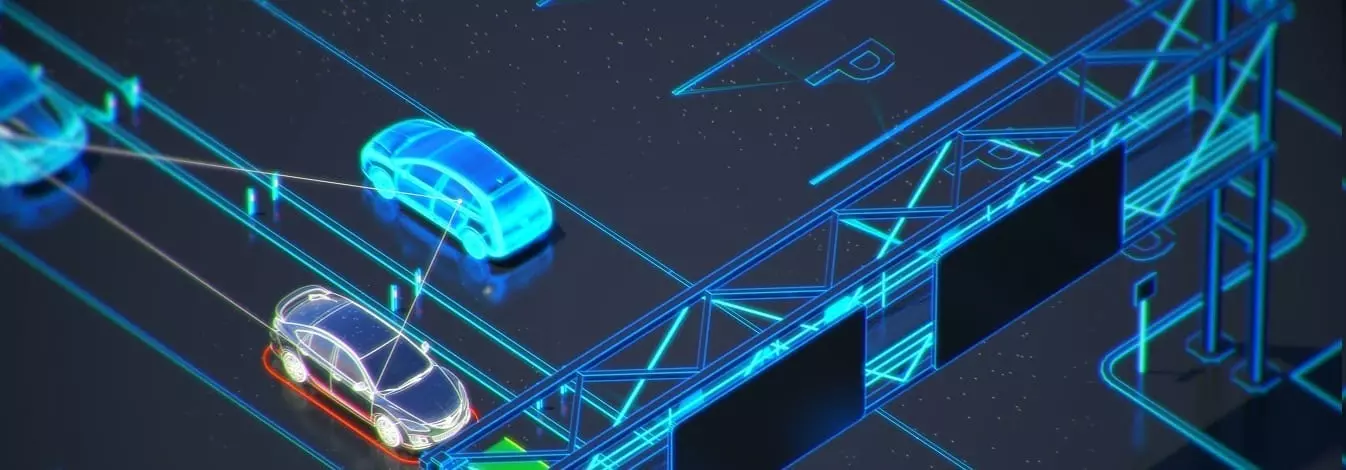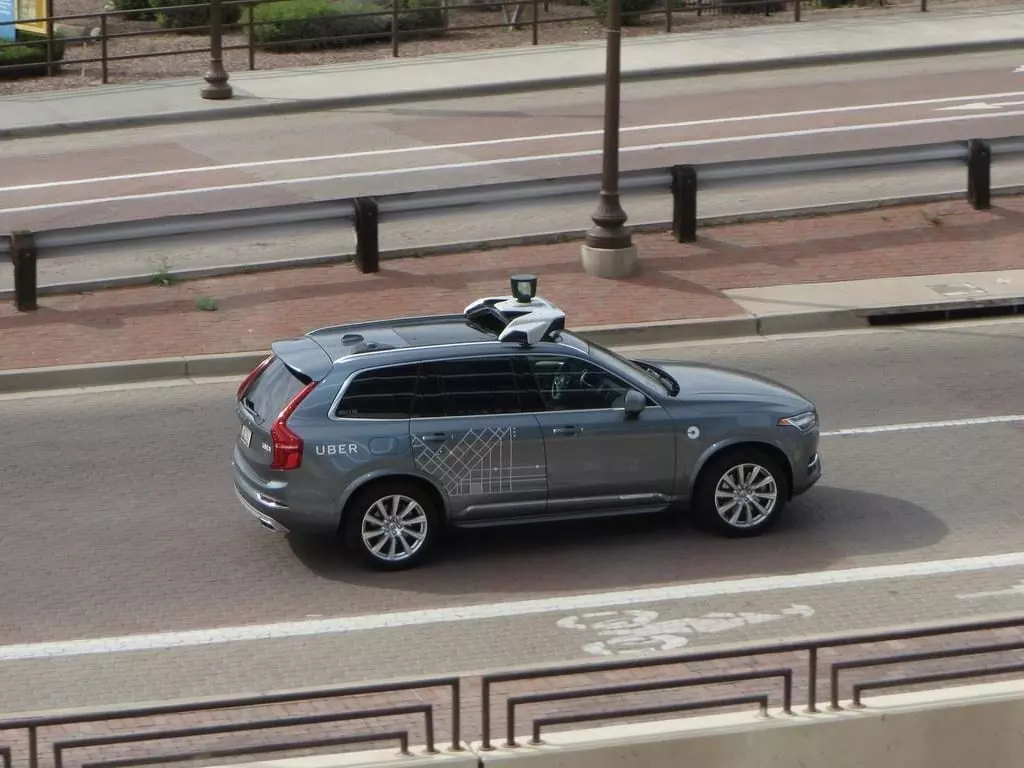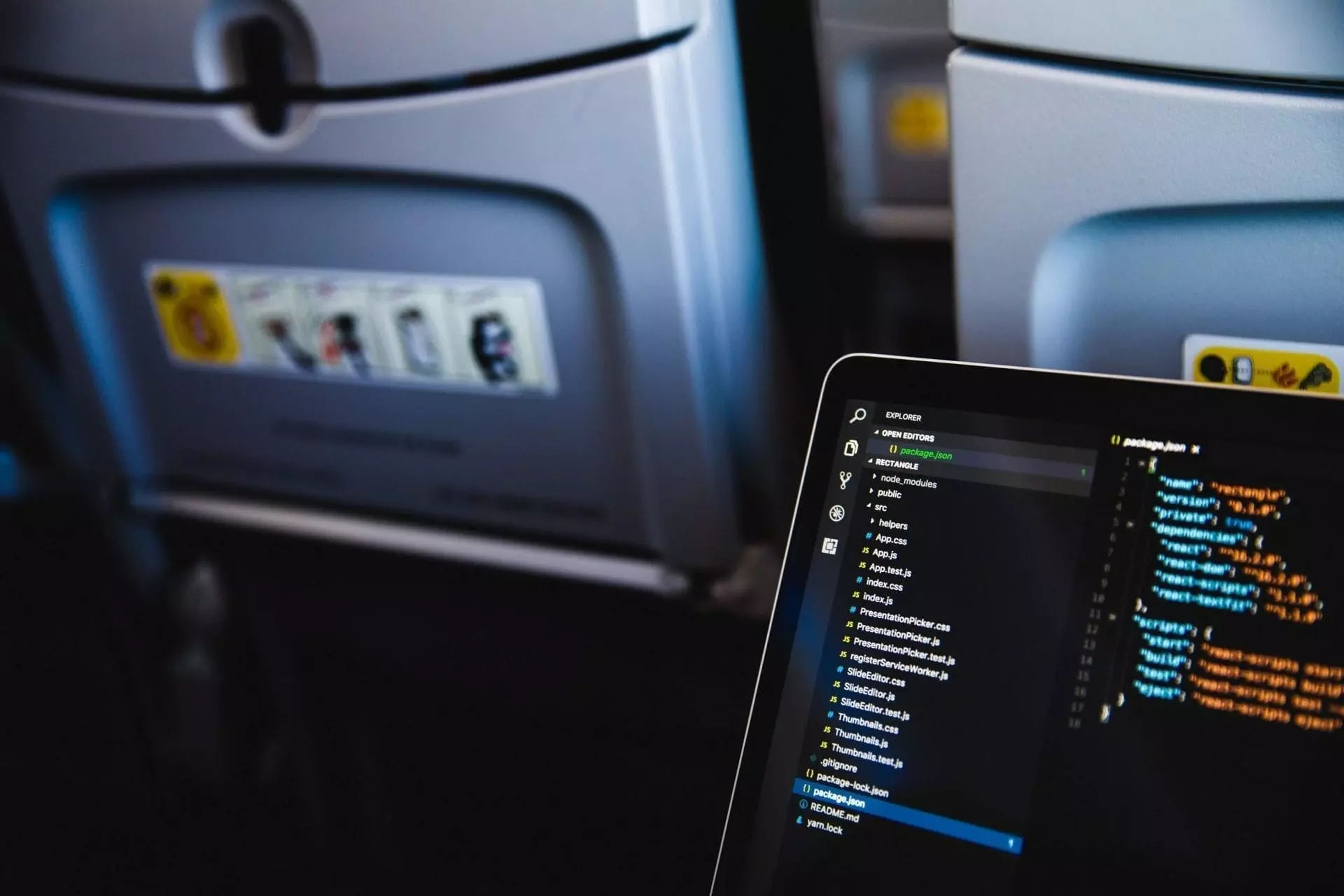
Today, AI is more accessible than ever. The entire transportation industry, from car-makers, parking lots, cruises, and more are beginning to embrace AI in their products or services. We’ll likely start to see more AI in everyday transportation. From intelligent cars that can detect the mood of the driver and shift it by adjusting their climate and music. Or, another example can be found in some commercial airline companies that are using AI for intelligent maintenance strategies. Or the Chinese Smart Panda bus which is operating in 10 cities, driving hundreds of passengers everyday by itself.
In this article, we’ll be looking at a few more examples of artificial intelligence within transportation and how this is helping to meet several of the most common and persistent challenges in this area. But before that, let’s quickly review some of the challenges that the transportation industry faces today as it is looking towards AI.
So, let’s jump straight in.
Embracing AI in Transportation
Application of Artificial Intelligence (AI) in the transportation industry is driving the evolution of the next generation of Intelligent Transportation Systems. AI and its branch, Machine Learning ML, are enabling transportation agencies, cities, and private car owners to harness the power of the modern compute and communication technologies. These technologies are making mobility a much safer and greener activity.
High-end commercial CPUs, GPUs and IoT communication technologies such as LTE, 5G and LPWAN have created possibilities of several applications of Big Data and Artificial Intelligence in the Transportation sector.
We’ll also start to see more intelligent edge computing technology supported by high-speed connectivity to the cloud. The edge will be powerful enough to process al AI decision-making at the device itself, without having to connect to a server in the cloud, thousands of miles away. But of course, with the help of 5G, these edge devices will be capable of transmitting large amounts of data to be processed by AI analytics servers at the cloud.

What are the Challenges AI Can Solve in Transportation?
There are several challenges that are persistent throughout the transportation industry and that have plagued this sector ever since its inception. Among them are safety, reliability, efficiently, and pollution more recently becoming an increasingly important aspect of transportation requiring attention.
Safety
Safety is arguably the most important consideration for those working within the travel or transportation industries. In order for services to be successful in any shape or form, passengers and customers need to know that they or their belongings are in safe hands.
Technology has made increasing safety levels much easier over the years and now, with the advent of AI technologies that are becoming increasingly adopted by businesses and enterprises operating within the transportation arena, safety levels could about to reach even higher peaks.
Reliability
Another top consideration of many businesses or enterprises operating within travel or transportation is the reliability of their services or vehicles. Passengers are much less likely to travel with operators or in vehicles that look or that are known to be unreliable. Use of Artificial Intelligence in Public Transportation to enhance the reliability of the service is one of the key drivers of its adoption within the industry.
Using artificial intelligence technologies, it is hoped that the ability to process and predict data and outcomes in much larger quantities than humans are capable of will allow travel and transport operators, as well as eventually the public themselves, the ability to schedule public and private transportation services in a significantly improved manner.
Efficiency
Being energy efficient is an increasingly important aspect of travel and transport as our journeys and commutes become ever more integrated with technology. While this undoubtedly has its benefits, it also means new technologies will need to manage their power supplies much more efficiently.
Artificial intelligence technologies will undoubtedly enhance the efficiency of the systems it integrates with; however, power will need to be used much more intelligently by all of the systems in play in order to truly utilize the potential of newer technologies.
Pollution
With a large percentage of the world becoming increasingly environmentally focused as the effects of climate change are seen across the world, drastic reduction of polluting substances within the travel and transportation industries is required in order to secure their long-term sustainability.
Artificial intelligence could play a big role in developing and deploying new and innovative ways in which to deal with pollution as well as helping to enable scientists and engineers to come up with much more environmentally friendly methods to power and run vehicles and machinery for travel and transportation.
Five Examples of AI in Transportation
Currently, there are several ways in which AI is being used within transportation. As the artificial intelligence in the transportation industry evolves and becomes more and more mature, it is almost certain that the number of roles that AI can occupy and manage will increase exponentially.
Some of the artificial intelligence examples most common in transportation, nowadays are:
Autonomous Vehicles
Autonomous vehicles are some of the most exciting new innovations to become a reality within transportation and could very well be the first step into a new future of autonomous transport. Artificial intelligence is vital within these driverless vehicles due to their processing, control and optimization capabilities.
Within autonomous vehicles, real-time data transmission and processing is a vital function and any disruptions to these processes could prove catastrophic in a real-life scenario. An AI’s ability to manage the transmission and processing of received data as well as optimize connectivity to ensure the best connection is always used will help make autonomous vehicles safer and much more widespread.
The video below shows how it is to use a self-driven taxi from Waymo, in 2019.
Smartphone Apps
Nowadays, there really is an app for everything. This includes AI-powered real-time traffic updates through services such as Google Maps or Waze. By using location data collected from users smartphones, these apps are able to predict and analyse traffic conditions in your local area so as to better inform your travel plans.
These apps may not be around for long though, as they may soon face direct competition from autonomous vehicles themselves.
Who needs to plan for traffic on their smartphone when the car is already on the job?
Traffic Management Solutions
Another way in which artificial intelligence technologies are used within transportation is in the traffic management systems. Again, due to its processing, control and optimization capabilities, artificial intelligence could be applied to traffic management and decision-making systems in order to enhance and streamline traffic management and make our roads smarter.
The predictive abilities of AI are also of huge benefit to traffic management systems as they are able to recognize the physical and environmental conditions that can lead to or be the result of heavier traffic flow and congestion.
As an example, in India, Siemens Mobility is testing a prototype monitoring system which is using AI throughout traffic lights, to put a final victory to the dreaded traffic jams.
Yes, this amazing technology could help Indian traffic jams.

Law Enforcement
Artificial intelligence is also now being used in law enforcement capacities and is helping to identify and catch those who drink and/or text while driving. This can often be a challenge to human officers due to the speeds at which vehicles and passengers can come into and out of view, however, with artificial intelligence, this is no longer an issue.
By using advanced analytical and data processing capabilities, AI could help to detect and identify when a driver is drinking or texting behind the wheel and alert any officers within the local area to intercept them.
An example of this in real life is the new radio from Motorola Solution that brings a new AI voice assistant to law enforcement vehicles. Police can now just say a license plate, and the intelligence will look up for that information, and reply within a few seconds.
An in-vehicle gateway such as Lanner’s V3S and V6S shown in the picture below can provide the intelligence needed. It comes with a rugged casing, wide temperature resistant, and wireless connections, and a high processing unit.

Passenger Transportation
Self-driving airplanes have been around for a while.
People are often surprised to find out that one of the earliest adoptions of artificial intelligence within transportation was, in fact, the autopilot systems used in almost every commercial aircraft in service. While today it may not sound as futuristic as other applications in which AI is being tested, it is still an essential part of any modern air travel.
Interestingly, the New York Times reports that only seven minutes of an average Boeing flights are controlled by a human with the rest being handled by a computer. Unsurprisingly, the human-controlled parts of the flight are mostly during both take-off and landing.

Final Words
AI and ML are becoming more than a futuristic hi-tech. They are part of our daily lives and we use it every day and don’t even notice it. We can find AI, in our mobile apps, the way Grammarly or Google Docs corrects our grammar mistakes, or in voice recognition, social media feeds, etc.
The transportation industry has already been using AI for a while, in the aircraft autopilot or the smartphone apps that can predict traffic jams. But now we will likely see a dramatic increase in uses cases of AI within the transportation.
AI is getting stronger and more sophisticated every passing day. It is a matter of time.







